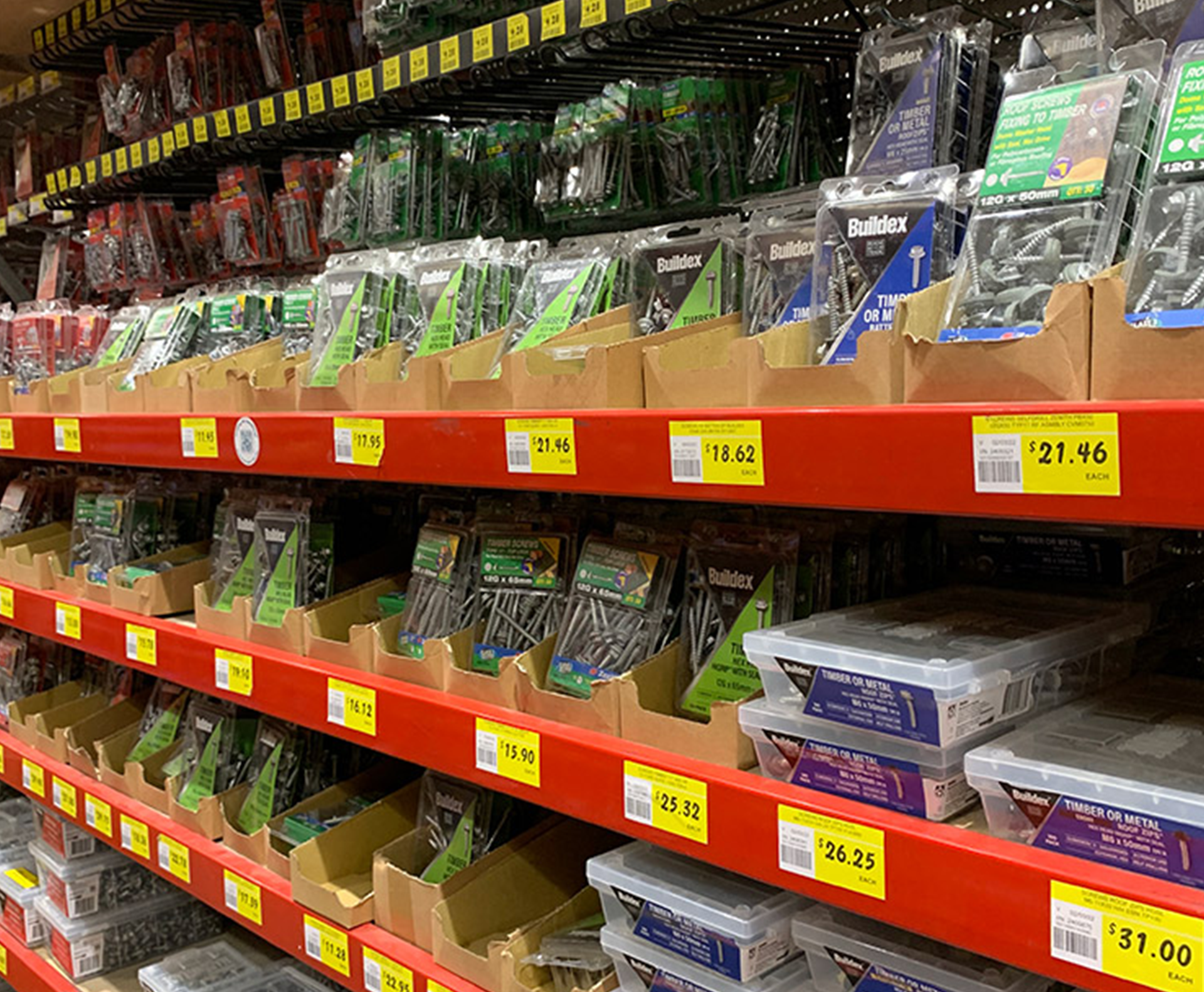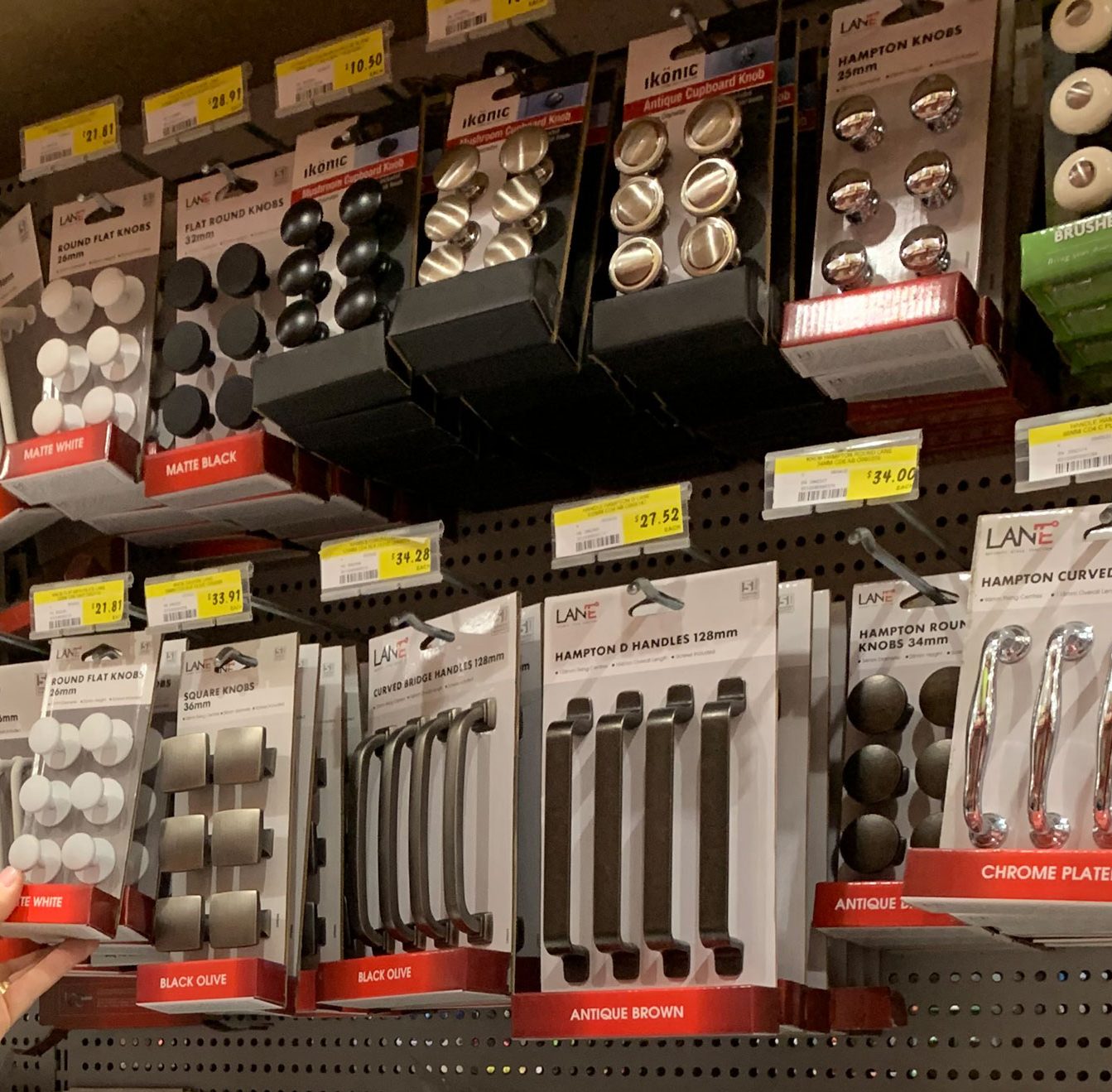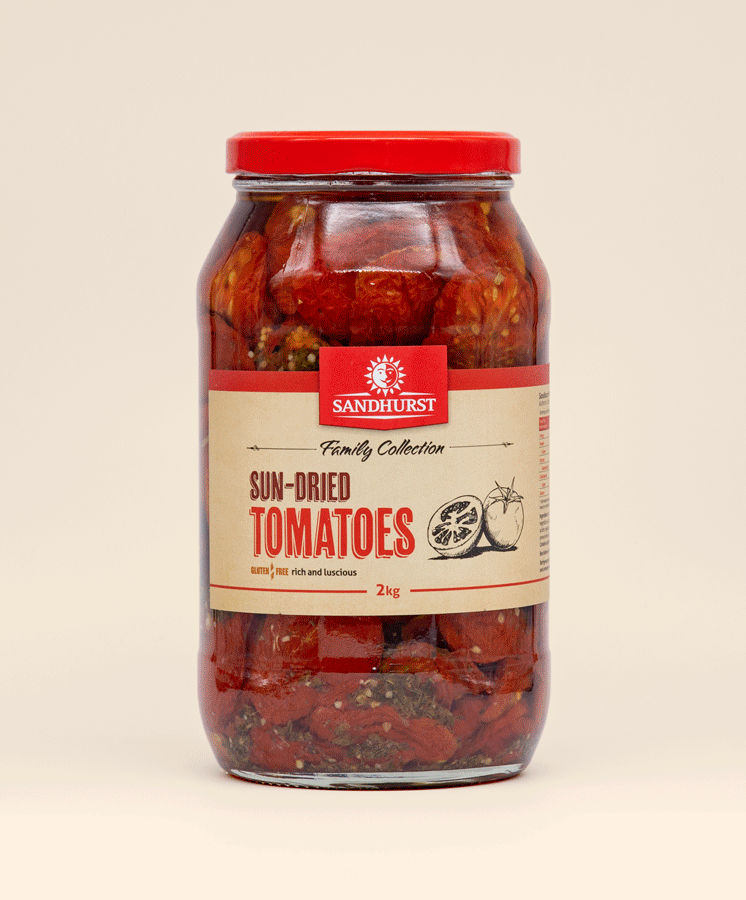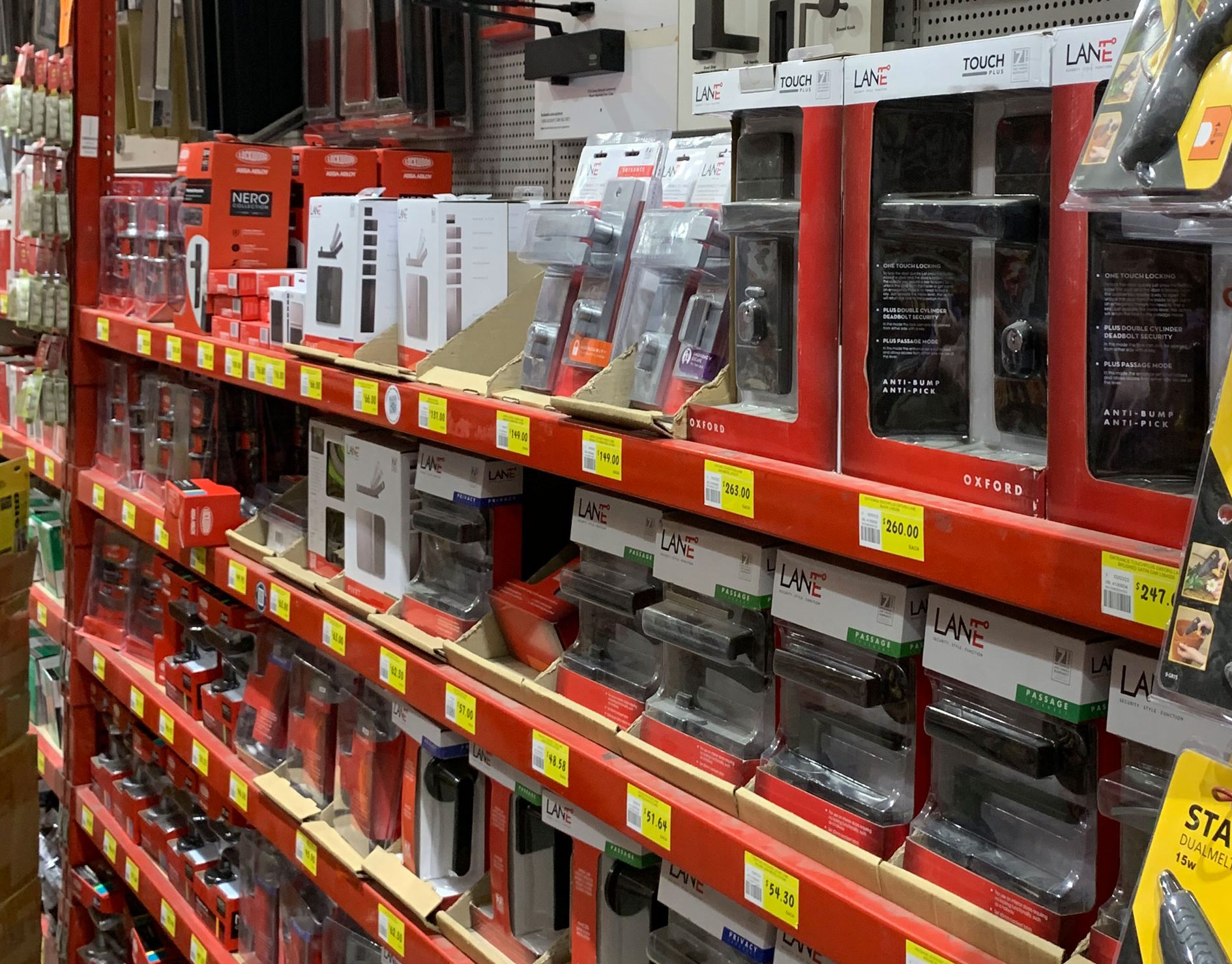Category-leading brands need to constantly keep ahead of the pack and this starts with packaging design. Packaging design must continue to attract, engage and inspire shoppers better than others do. Shoppers never see your product alone or in detail as they walk down the store aisle. All they see is patterns and colours until something grabs their attention and they stop for a closer look. This is called shelf impact and without it, your product is going nowhere, literally.
Shelf impact will get your product noticed and chosen over its competitors. This will propel you to category leader faster than a speeding bullet and this is how it is done:
1. Don’t follow trends, create them
To be a category leader, it is not good enough to embrace current design trends. Leaders’ packaging has a point of difference that not only stands out but that resonates with consumers. This can only be achieved with proper market research before designing your packaging. Ask yourself, what emotion do you want your product to evoke? What is the consumer looking for but not finding in the category? Is there a common problem across the competition that you can offer a solution to? That will get their attention! But it is not just the consumer’s attention you need to grab, you need to also impress retailers. Positioning your new packaging design to address a broader issue you identify across a category will give retailers a reason to stock your range of products over others.

The strong colour blocking down the Buildex fastener aisle draws customers straight to the section they need, making product selection a breeze. This concept, along with our actual colour codes, was adopted across the hardware industry for all fasteners and is still used over 15 years later. Read more.
2. Create strong brand recognition
Packaging on a shelf is like a 24hour brand billboard. Packaging should be all about your brand, what it offers and what it stands for and remember packaging is not just a logo on label.
Strong branding will differentiate your product from the masses. The key to strong branding on packaging is consistency, created primarily with colour and visual appearance. This visual cue will help consumers recognise your brand instantly and build brand reputation which is your strongest selling point.

With Lane, we helped the brand bring together 3 separate brands into one to make a stronger brand presence on-shelf. Read more.
3. Make it irresistible to pick up
A great package has drama, making the consumer feel it was created just for them. Packaging needs to be clutter-free with easy to digest information to engage shoppers as their eyes track down the pack. Colour-coding is a powerful way to help shoppers distinguish between products in a range and they will reward you for making shopping easier. The packaging design can also be enhanced by including tactile print substrates and embellishments to create a desire to touch the pack and pick it up. But be cautious not to add extra “bling” for the sake of it. It needs to be incorporated into the design, not look like an after-thought as this can work against your brand.
4. Allow for future expansion
Good design from the onset will set you up with the right solution for the future. Your designer needs to create a layout that can be replicated and extended. This can be for line extensions e.g. a new flavour of ice cream or for product extensions e.g. a shampoo brand adding a range of styling products. Give your packaging room to grow and allow consumers to easily distinguish between products and not choose the wrong one by mistake because they look the same at a glance.

Colour cues in Sandhurst’s labels ensure the customer always goes home with the right jar. Read more.
5. Think sustainably
The main aim of packaging sustainability is to keep packaging materials out of landfill and reduce energy and materials required for manufacturing. Sustainability requires thinking about the entire lifecycle of a product and its packaging. We are moving towards a circular economy for packaging where packaging materials are infinitely recycled to create new packaging materials.
The ability to recycle or repurpose your packaging will have the most impact on its environmental footprint. However, there are other ways to be more sustainable such as creating simpler pack formats, using recycled material with environmentally-friendly inks and varnishes as well as local sourcing and manufacturing.
Conclusion
To become the category leader, your packaging needs to be unique, with strong branding and the consumer in mind. To stay the category leader, your packaging needs to be expandable and sustainable. A category leader doesn’t ask whether they can afford to do a redesign. A category leader knows they can’t afford to not do a redesign. There is always another brand vying for the position, so you need to stay one step ahead.
Looking for new ways to design your packaging to become the category leader?
Contact us to discuss.




